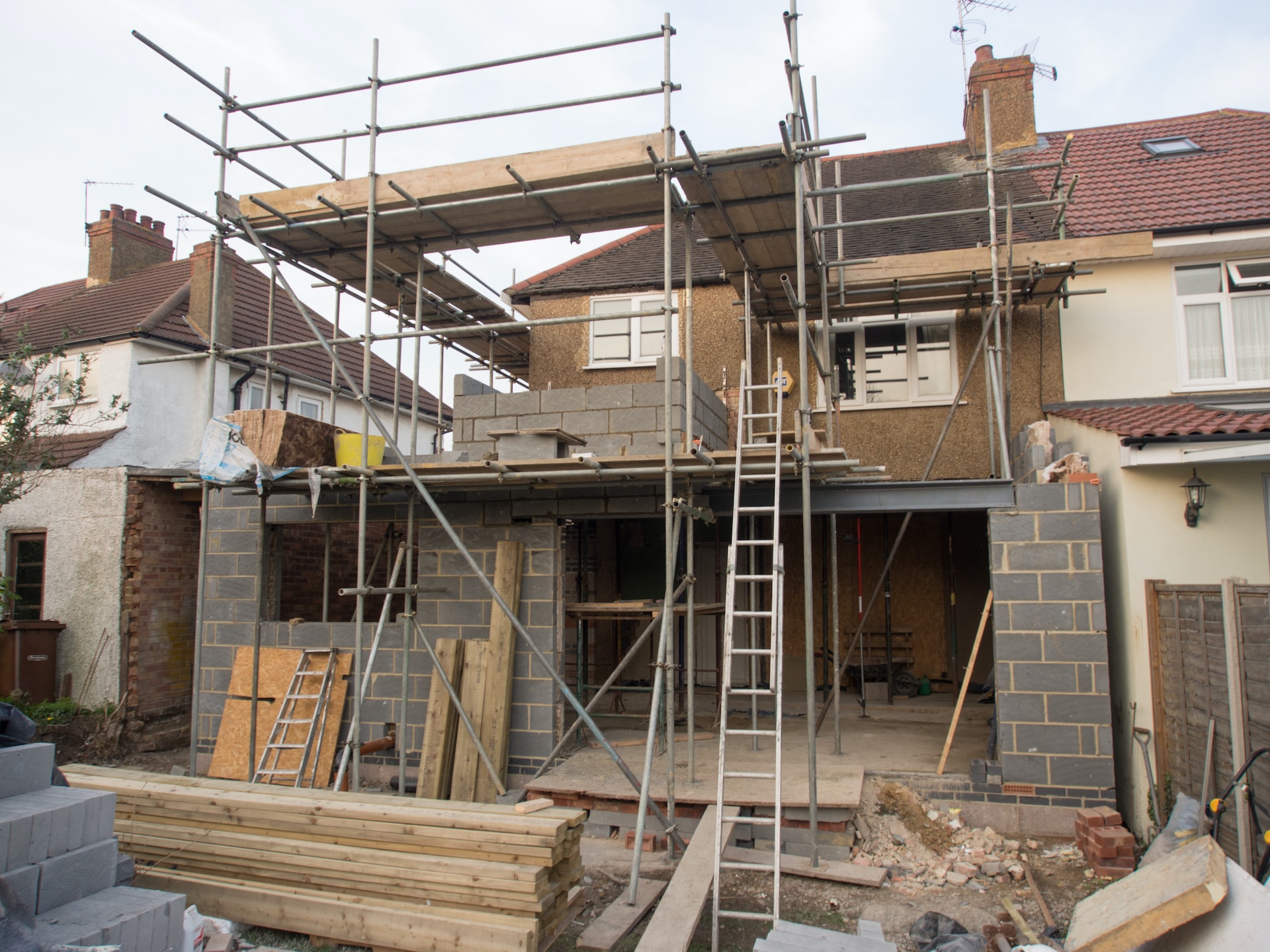What is the cheapest 3D printing method?
What is the cheapest 3D printing method?
It is important to think about the cost of printing. When you are looking for a new 3D printer, you will have to make sure that you have a good idea of what kind of price you can expect to pay. You also want to think about the type of material that you will need to get, as well as the machine that will be used.

Multiplexed Fused Filament Fabrication
Multiplexed Fused Printing (MF3) is a 3D printing technology that was developed by engineers from Rutgers University. This technology uses one gantry to produce multiple parts at once.
MF3 has been designed to bypass the throughput-resolution tradeoff that has plagued other additive manufacturing (AM) techniques. This allows researchers to print complex parts at low cost while maintaining a higher level of resolution.
The MF3 system consists in three off-the shelf extruders placed on a single gantry. A custom slicer software tool controls the material deposition of each nozzle. Each nozzle prints a distinct part, and researchers can switch between deposition modes on or off.
The MF3 system could revolutionize the way that thermoplastics are printed. Using this technology, researchers can create smaller, contiguous parts at twice the speed of conventional technologies.
Over the past few years, 3D printing has seen many advancements. Fused Filament Fabrication, or FFF (Fused Filament Fabrication), was one of the most important innovations in the 3D printing industry. It helped increase the popularity of desktop printers.
FFF has its benefits, but it also has its limits. FFF machines only have two printheads. These two are insufficient to make the intricate structures that 3D printers can create.
Rutgers researchers discovered a cost effective solution. The new method involves a series smaller nozzles that deposit the material. This material is then retracted. They also discovered a way to decrease the number of errors.
They developed an approach that eliminates the need for post-production steps that smooth rough prints. In addition, their system consumes 40% to 60% less energy than a traditional fuel-cell system.
As a result, they have been able to cut costs by 70%.
Selective laser sintering (SLA)
Selective laser-sintering (SLS), is an additive manufacturing technology. This technology is used to make 3D printer parts. It can be used for a variety of materials.
Selective laser sintering uses a laser to melt and fuse plastic powders. This creates engineering-grade materials that are durable. Some SLS processes can also be used to make medical implants. los angeles This technique is ideal for a variety of purposes, including industrial production and rapid prototyping.
SLS is a higher powered laser than SLA. This laser is fully enclosed, making it easier and more controllable. The beam is directed onto resin to melt the parts.
This process is faster than SLA. This allows it to create more intricate parts. However, it is more costly and requires more power.
The SLA process begins by preparing a tank with photopolymer resin. Once cured, the resin selectively hardens into a horizontal layer of CAD data. The second layer of powder is applied to the top.
With each pass of the laser, additional layers are added to the bottom of the object. During the printing process, the object is supported by a layer of un-sintered powder. When the part is complete, it is drained and washed. Depending on the final finish, the part can be translucent or solid.
Nylon is the most popular material for selective laser-sintering. It has good mechanical properties and is chemically resistant. Other SLA materials include thermoplastic elastomers and acrylic photopolymer.
The process is more accurate than traditional FDM machines. Because the laser beam is protected by resin, accuracy depends on how large the laser beam is and what type of routing it takes.
Stereolithography (DLMS)
Stereolithography (SLA) is one of the most common 3D printing techniques today. This technology allows the creation of three-dimensional parts using light-reactive thermoset metals or resins. SLA uses ultraviolet light to melt these materials layer-by-layer, creating functional parts that can then be painted with a variety of finishes.
While the first SLA models were expensive, the newer models are now affordable. SLA components can be painted and are typically smooth to touch. SLA technology also has a lower cost than other 3D printing methods.
Stereolithography is one of the most simple to use processes. Unlike other technologies, it does not require an expert to operate. It can also be used for prototyping and production.
DMLS can be used to make small and complex parts of metal. This technology can be used to produce fully functional metal parts and medical-grade materials. It can also be used to create intricate internal and external features without the need for additional steps.
Digital light processing is another popular 3D printing method. Although digital light processing can be faster than SLA in some cases, it can also be more expensive. However, this technology is an excellent way to create smooth, polished objects.
A lesser-known method is the Fused Deposition Modeling (FDM) process. FDM uses standard thermoplastics as a nozzle. FDM can make parts that are relatively cheap, but its quality has been questioned. It is important to take into account the individual characteristics of the materials. The right materials will ensure your SLA prints are consistent and high-quality.
Accura or Somos resin for stereolithography 3D printing
Stereolithography 3D Printing is used often for parts with high levels of detail. These parts can also be embossed, engraved, or finished with smooth finishes. There are several types of resins that are commonly used.
Stereolithography uses ultraviolet (UV), light to cure the liquid resin. The UV light selectively sets the resin. This process is sometimes referred to as “photo-solidification” or “photo-solidification.” Depending on the type of Stereolithography machine, the time it takes to create a stereolithography object can vary. Printing a small object can take six hours, but printing a large one can take several days.
Common thermoplastic polymer Acrylonitrile butadiene styrene (ABS), is used in part production. It is a durable and stiff material. However, it is not always suitable for every application. Some applications require a strong material that can be cleaned easily. Plastic Accura Xtreme, Somos(r), or NeXt might be what you need.
Plastic Accura Xtreme, a gray acrylate-based resin, offers exceptional detail and resolution. This material can be used to produce detailed functional assemblies, as well as small and large parts.
Optically transparent resins are also readily available. These resins are used for components and prototypes. These resins can show slight color changes during curing and may require post-processing to increase clarity.
The most common resin 3D printers use standard resin as a base material. These resins are able to support many colors. These resins are not meant for the manufacture of functional mechanical parts like other types.
PC-Like High Temp is perfect for parts that need heat resistance and stiffness. The material’s surface finish and watertightness are excellent.
Material cost and machine time
Machine time and material cost of 3D printing are two of the most important factors to consider when designing and manufacturing your products and services. This information will help you cut costs and make the most of 3D printing technology.
It is important to take into account all costs associated to a 3D printer job, including machine time and material costs. These costs include labor, materials, as well as post-processing. These costs can be reduced by choosing the right materials and setting appropriate printer parameters.
It can be hard to estimate the cost of a 3D printer, given the variety of options. A calculator can give you an estimate of the cost to make your product.
The amount of money you’ll need to print your item depends on the size and complexity of your model. A large and complex 3D print will need more materials than a simpler model. You might consider some lower-cost, smaller volumes if you are looking to reduce the cost for your 3D printing job.
Another factor to consider is the quality of the 3D print. Check out the introduction to 3d printing A poor-quality print could result from a poorly-finished model. Your final output could be affected by the quality of the details.
Nickel and aluminum are among the most expensive metals. Also, high-end materials such as titanium, cobalt and alloy steel can be very expensive. Choosing a material with the best usability and quality can be the key to minimizing your 3D printing costs.
A 3D-printed part made of metal may need heat treatment, depowdering or surface finishing equipment. Some of these can add up to thousands of dollars.


